Firefighters Battle California Blaze Generating Its Own Weather
Thousands of US firefighters are battling a blaze in California that has grown so big it is generating its own weather system, with authorities warning on Monday conditions could worsen.

The flames have grown large enough to create clouds that can cause lightning and high winds, which in turn fan the fire, according to experts.
Around 5,400 firefighters have been struggling to contain the inferno, which was just 22 percent contained late Monday, the California fire and forestries department reported.
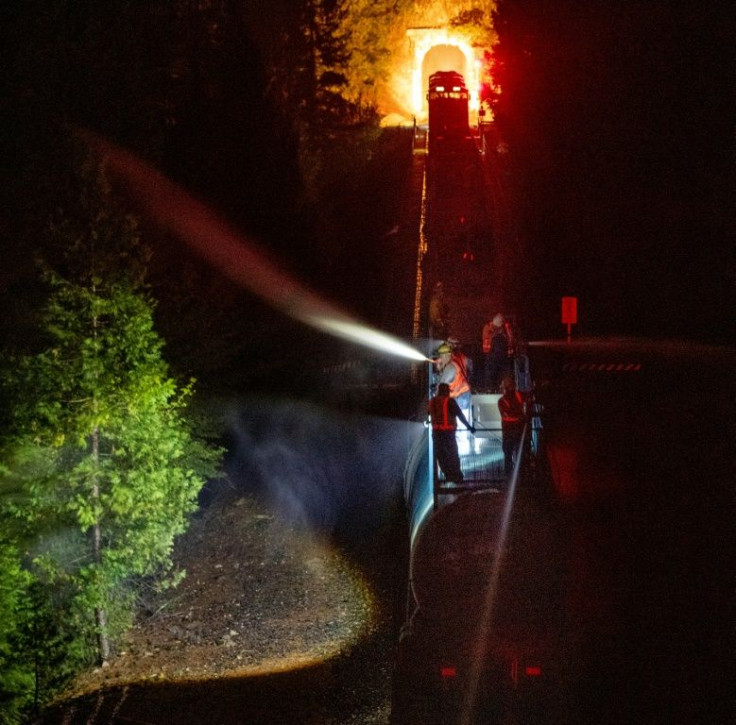
"If these clouds get tall enough they do have the potential to produce lightning," warned Julia Ruthford, a government meteorologist assigned to the blaze.
The Dixie Fire has been raging in the forests of northern California since mid-July, part of a climate crisis that has brought sweltering heat and an alarming drought. Over the weekend it merged with another fire, prompting new evacuation orders.

Jon Cappleman, who lives in a rural area near the town of Twain, told AFP that Dixie is "the largest fire I've seen in my life," but that he does not plan to evacuate and is prepared to fight the blaze himself if it reaches his property.
Cappleman has been siphoning water from a nearby creek to keep the soil near his house damp, and says he, his wife and their goats keep surrounding areas clear of brush.
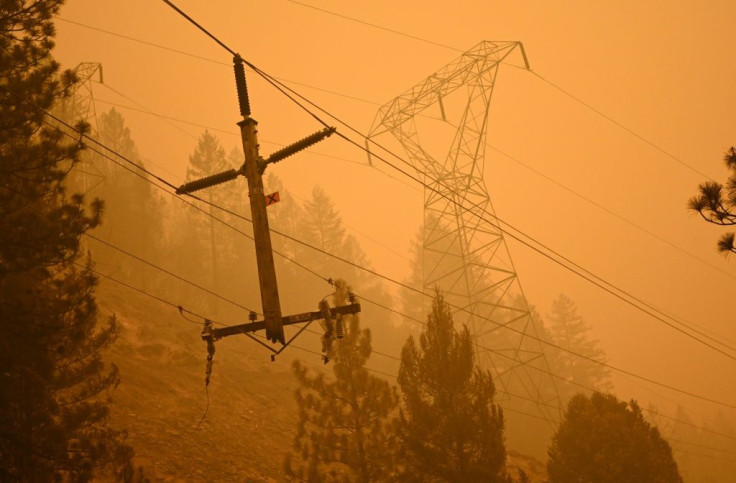
"A lot of people think we're foolish," Cappleman said of his family's decision to stay.
But "you don't leave the safety of your family in the hands of strangers."
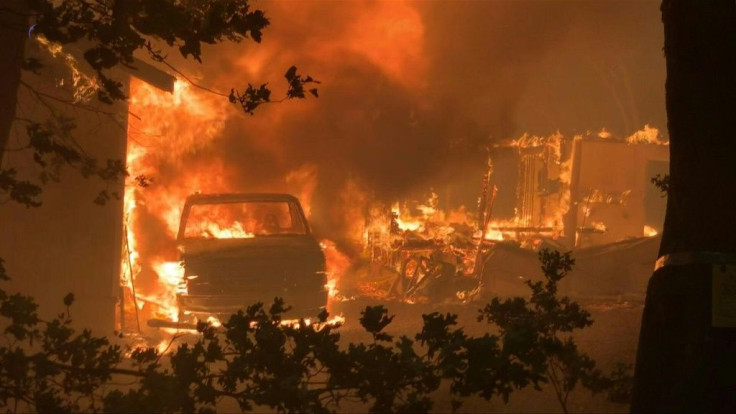
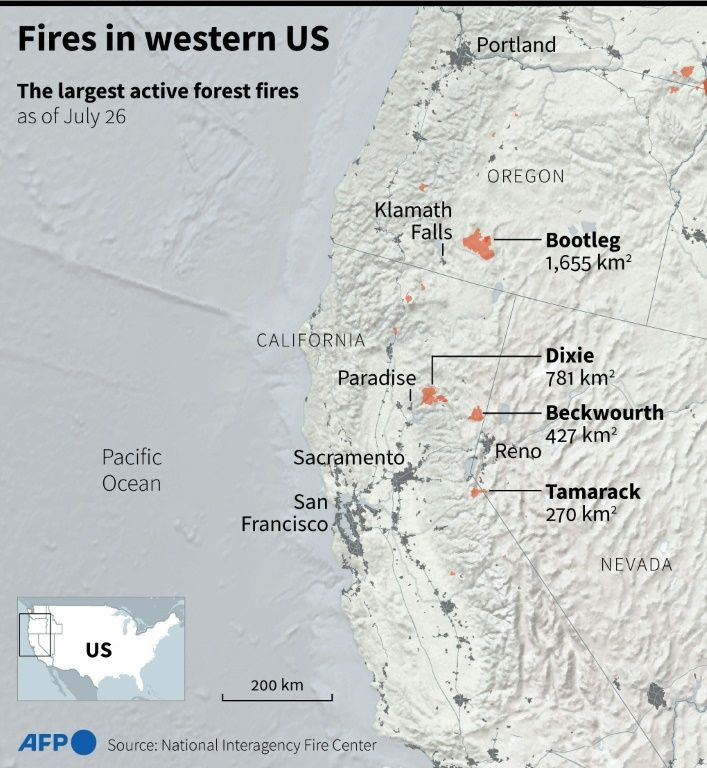
Wildfires are common in the state but this summer has been particularly incendiary.
Fires have already ravaged three times more vegetation this year than they had at this time in 2020, the worst fire year in California's history.
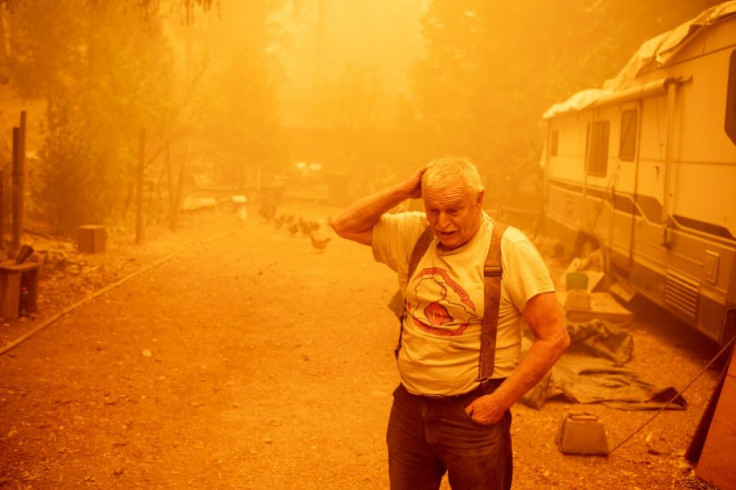
Rescue workers have been dispatched from as far away as Florida to help contain the Dixie Fire and its pyrocumulus clouds.
Despite its size -- the fire's circumference stretches at least 82 miles and it has burned 197,487 acres -- it has so far ravaged remote areas, destroying the few dozen homes and small buildings in its path.
Moving along steep slopes, the firefighters sometimes ride a train from which they can spray water on otherwise inaccessible areas.
But in these weather conditions, "the embers can really easily travel a mile ahead of the fire," Rick Carhart, a spokesman for the firefighters, told AFP.
This means places such as the village of Quincy, where evacuees are being housed, are also under threat, he added.
Carhart said that at times firefighters have been forced to carry their tools and hike through the rugged terrain.
"It has been burning in extremely steep canyons, some places where it is almost impossible for human beings to set foot on the ground to get in there," he told a local CBS affiliate. "It's going to be a long haul."
"It's been hard watching it relentlessly moving through our forested lands," Peggy Moak, resident of a nearby village, told AFP.
The infernos in California and neighboring Oregon have come unusually early in the fire season, driven by the multi-year drought, gusty winds, and a scorching start to the summer that experts have linked to climate change.
In a golf course with yellowed grass, or a nearly dry lake, the signs of the drought that assists the flames are visible everywhere.
The power line was owned by Pacific Gas & Company (PG&E), a private operator previously found guilty of causing a fire in 2018 that nearly wiped out the nearby town of Paradise and killed 86 people.
© Copyright AFP 2024. All rights reserved.







